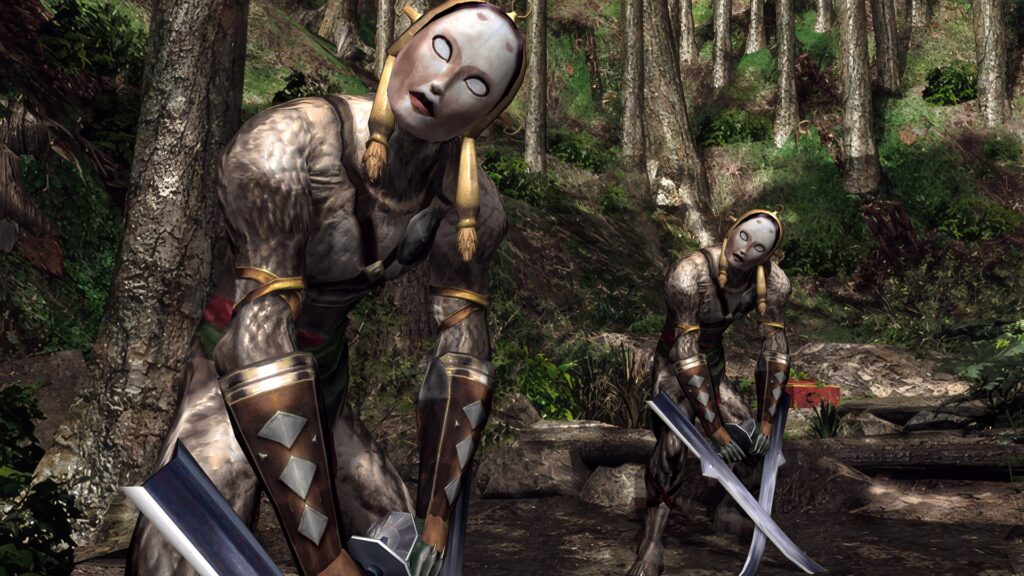Onimusha 2: Samurai’s Destiny drops you into feudal Japan, where the world and its inhabitants perfectly encompass the overarching theme. Playing as Jubei, you’ll explore unique settings familiar to those who enjoy Japanese architecture or folklore. Along the way, you’ll meet a cast of characters and enemies, which, while featuring dated combat and relationship mechanics, are still rewarding to engage with and explore.
There’s a large variety of enemies, not only visually, but in how they fight. Different attack patterns, aggression levels, and health pools will keep you on your toes. On the lowest difficulty, simply spamming attacks work for the most part, but doing so results in a much harder experience once you face a boss. I recommend learning the systems: blocking and parrying, which elevate the experience, delivering a tight and rewarding combat system. Don’t give in to the laziness!
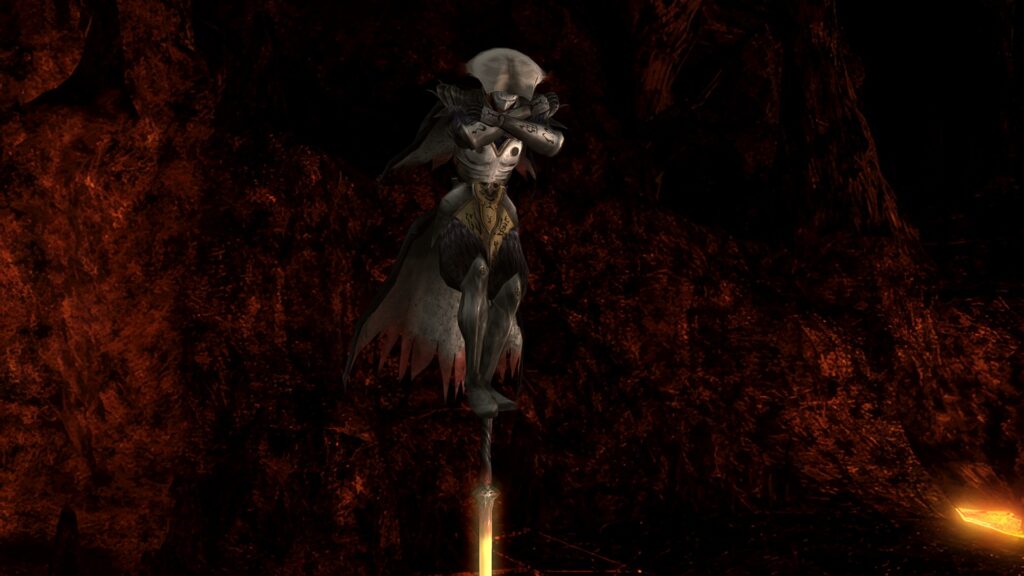
Onimusha 2 offers four distinct melee weapons, ranging from light and nimble to heavy and powerful, alongside a handful of ranged options. Choosing the right weapon type for the enemy at hand makes encounters that much more rewarding. Enemies release souls once defeated, which you can absorb to recover health and mana, enhance armour and weapons, and turn you into an Onimusha, granting temporary invincibility. With a completion time of roughly six hours, delving deep into how each weapon plays, along with the upgrade system, are the best ways to get your money’s worth.
Items serve their usual purpose: healing, restoring mana, and engaging with the game’s dated but charming affinity system. Throughout your adventure, you’ll meet Oyu, Ekei, Kotaru and Magoichi – four distinct individuals who, with enough friendship, will accompany you during specific encounters. Additionally, each offers unique branching story paths, giving longevity and replayability to an otherwise short experience.
Despite its simplicity, I loved engaging with the affinity system. The unique dialogues and cutscenes were more than worth it. Some scenes are nothing short of awkward and uncomfortable, however. Hearing a senior Japanese man who’s well past their prime sound like a stereotypical 90s American bro is off-putting.
This does hold true for the original game, however, so it’s not an issue with the remaster, more so a missed opportunity. I attribute this to translations from Japanese into English (we all remember the uncomfortable laughing scene in Final Fantasy X). Lip sync issues are noticeable, but as an original Japanese release, this is to be expected. Where it works, however, anger, humour, and pain, to name a few, can be felt and heard many times throughout.
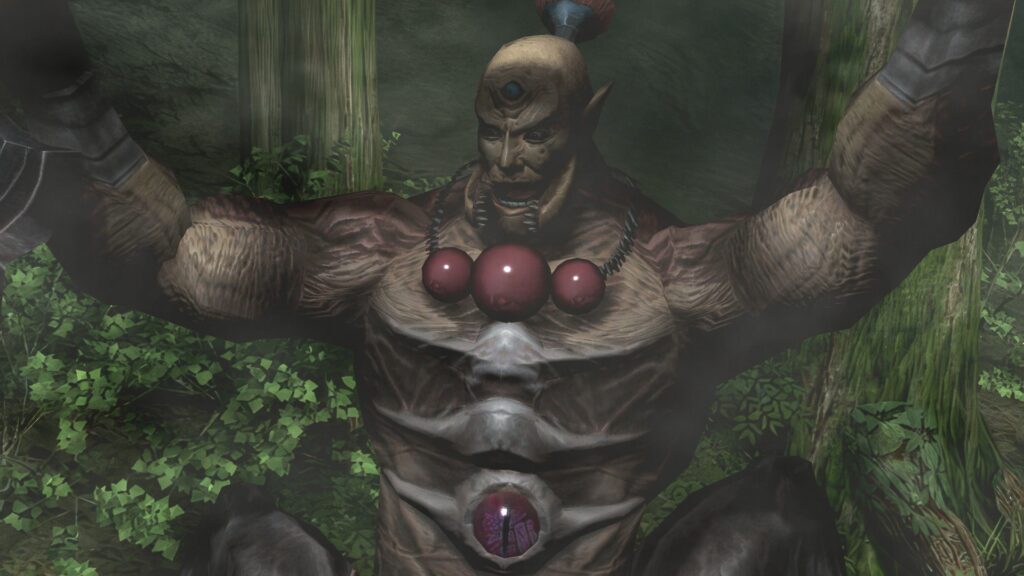
While the voice acting can be awkward or downright uncomfortable at times, the visuals and FMVs more than make up for it. I cannot praise CAPCOM enough for how good Onimusha 2 looks; this is what a proper remaster looks like. The pre-rendered backdrops aren’t the usual blurry mess you get with lazy upscaling. Similarly, character models and FMVs are equally impressive, offering clean, crisp visuals which have been upgraded enough to feel modern without losing their original charm.
Gameplay-wise, Onimusha 2: Samurai’s Destiny stays faithful to its roots. It’s mostly linear, following a room-to-room design prevalent for the time. I appreciate how compact it is, saving time spent backtracking, allowing me to focus on the journey ahead. What I didn’t appreciate, however, were the puzzles.
Looking back, I’ve no idea how younger me solved some of these puzzles with no hints or explanations. As an example, there’s one puzzle where you need to make sure every row and column sums to the number indicated at the top. It sounds simple, and most of the puzzles are, but I’d have loved some additional guidance or explanation.
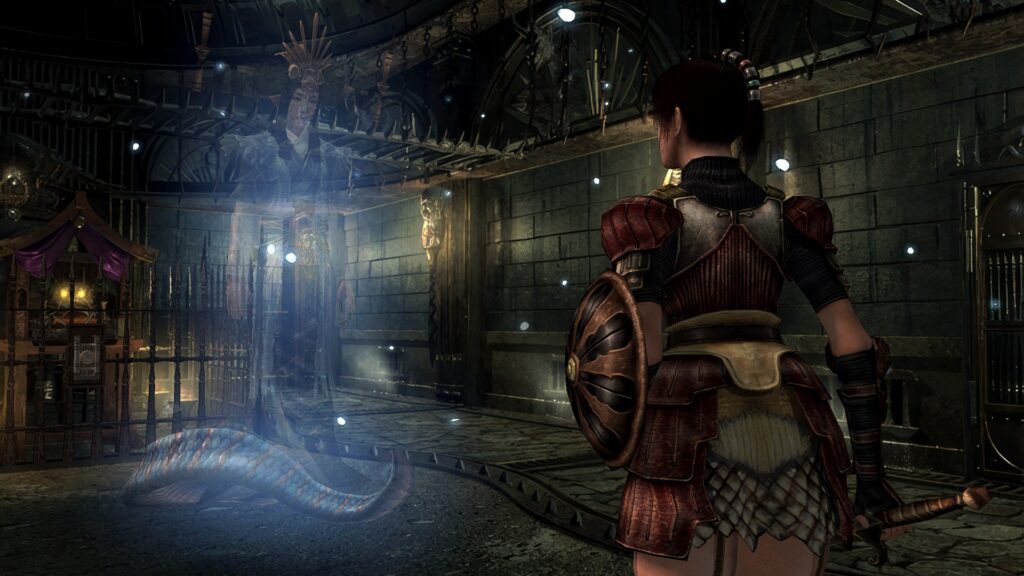
Another pain point for me was the boss encounters. Remember how I mentioned spamming attacks will only get you so far? This is where that lesson hits hard. Bosses feel unbalanced, varying greatly in difficulty.
Without revealing specifics or spoiling later stages of the game, there are times when, if not prepared, Onimusha 2 feels like a Souls-like. Look, I love challenge in games, heck, I seek it. Difficulty serves as a way for me to challenge myself and overcome obstacles, creating a much more engaging experience overall. Sometimes, however, this challenge feels unfair and frustratingly so.
Hell Mode is a new addition, where a single hit will have you facing the game over screen. With how difficult later challenges are, even when fully prepared, I cannot recommend anyone to try this challenge except for the most daring.
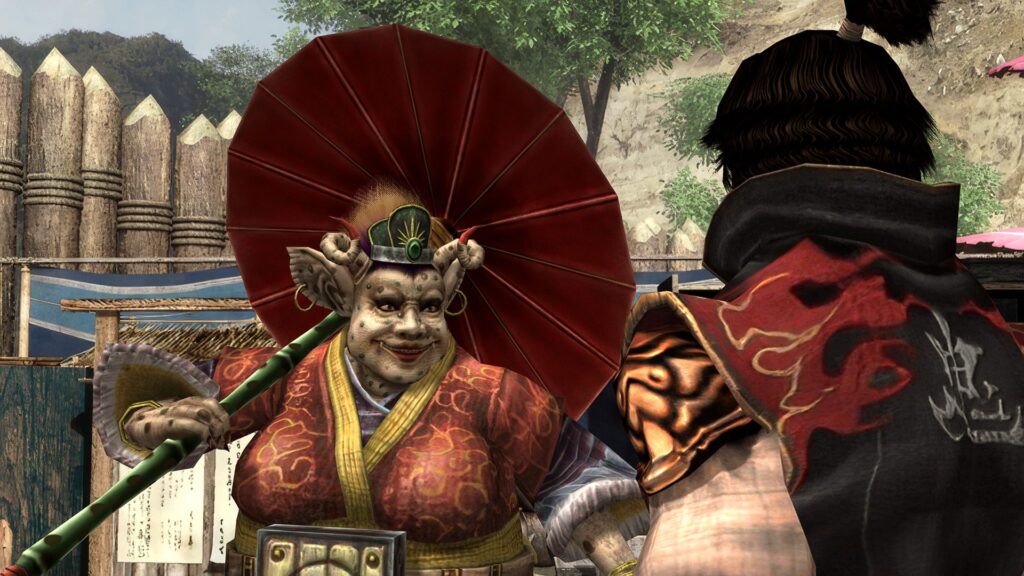
As a child, I loved Onimusha 2. The unique setting and engaging combat had me hooked from the beginning. Playing it again as an adult, I can confirm it’s not nostalgia. Onimusha truly is one of the greats. Voice acting and dialogue can be awkward, camera angles can be frustrating, and combat can feel unfair, but none can outweigh the enjoyment of the game.
ONIMUSHA 2: SAMURAI'S DESTINY REVIEW
Onimusha 2 blends historical accuracy with the supernatural, delivering a demon-slaying action adventure set in medieval Japan. Nostalgia aside, the remaster is tastefully done, building upon and improving an already amazing experience.
PROS
Despite being over 20 years old, it has mostly aged well
Graphics have been tastefully remastered, giving care to maintain fine details
The additional content and difficulty settings are a welcome addition for fans and newcomers
CONS
The camera angles are the game’s greatest foe
Awkward voice acting could make some uncomfortable
Lack of puzzle guidance could cause unnecessary frustrations
Reviewed on PC. A review code was provided by the Publisher for purposes of this review.
